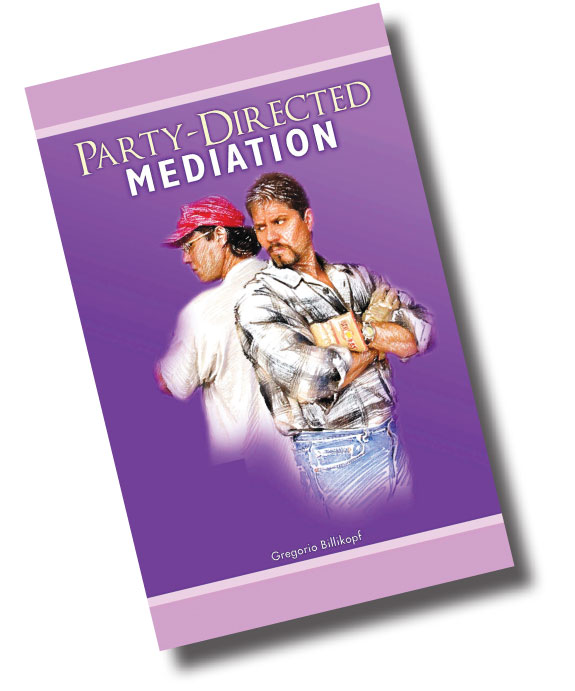Two of your dairy employees are not getting along and are bringing down everyone’s morale. Or one of your best milkers comes in to see you after an ugly confrontation with the dairy herd manager. What do you do? Some psychologists tell us that a measure of our self-esteem is being able to confront difficult situations. And no doubt this is also an important measure of effective management abilities. But as Tom Wall warns us in his excellent paper in the May 21 issue of Progressive Dairyman, it sure is easy to ignore the people problems and focus on doing “real work.”
But there is a reason why managers often prefer dealing with the animals, equipment, nutrition or other issues at the dairy rather than with people. The former are more predictable and do not talk back.
One operation paid good money to have an outside mediator come in and solve a dispute between two employees, only to make matters worse. The two individuals rarely missed a chance to sabotage each other.
In another case, stress between the herd manager and an outside man had been building over several years. Two of the partners at the dairy brought them in for a conversation.
The results were no less disastrous. The herd manager got defensive and the outside man felt he should have just kept the problem to himself. He has started looking for employment elsewhere.
What did these two cases have in common? In each, there was no preliminary work done to reduce some of the unpredictability of confrontation and to smooth the way. Certainly, the individuals involved in the dispute were unprepared to face each other.
There are two excellent tools to help dairy farmers deal with these types of conflicts and manage much of the unpredictability. One approach is designed to deal with peer-to-peer conflicts; the other for supervisor-subordinate disagreements.
What they both have in common is a pre-caucus, a separate meeting with each of the parties involved, before ever bringing them into a joint session. These preliminary meetings not only allow the parties to vent their feelings, but to also receive some coaching on how to confront the other more effectively in the joint session.
That is, how to reduce negativity, aggression and defensiveness and still make the points that need to be made. Once in the joint session, the parties involved speak directly to each other.
Not only can they resolve their latest disagreement, but more importantly, begin to gain the skills to deal with the future challenges apt to arise on a regular basis at the dairy â and do so without needing the help of management or an outside mediator.

Extensive information on these two mediation approaches, including case studies to illustrate them, can be found in the book Party-Directed Mediation , which is a free PDF download and a public service of the University of California, http://www.cnr.berkeley.edu/ucce50/ag-labor/7conflict/ PD
Gregorio writes about more in-depth management in his book Party-Directed Mediation. It is also available in Spanish. A free PDF download can be found at http://www.cnr.berkeley.edu/ucce50/ag-labor/7conflict/ . Ask your labor management question by e-mailing him at gebillikopf@ucdavis.edu

-
Gregorio Billikopf
- University of California
- Email Gregorio Billikopf









